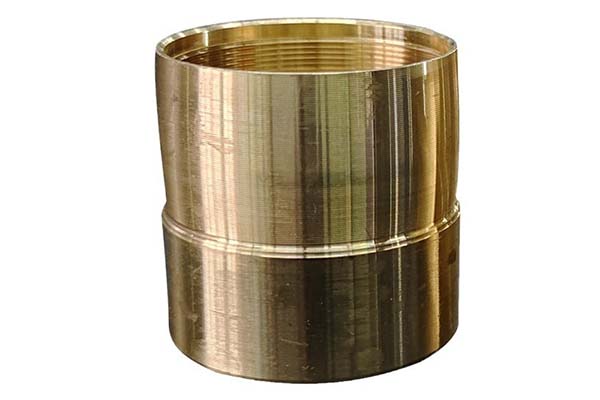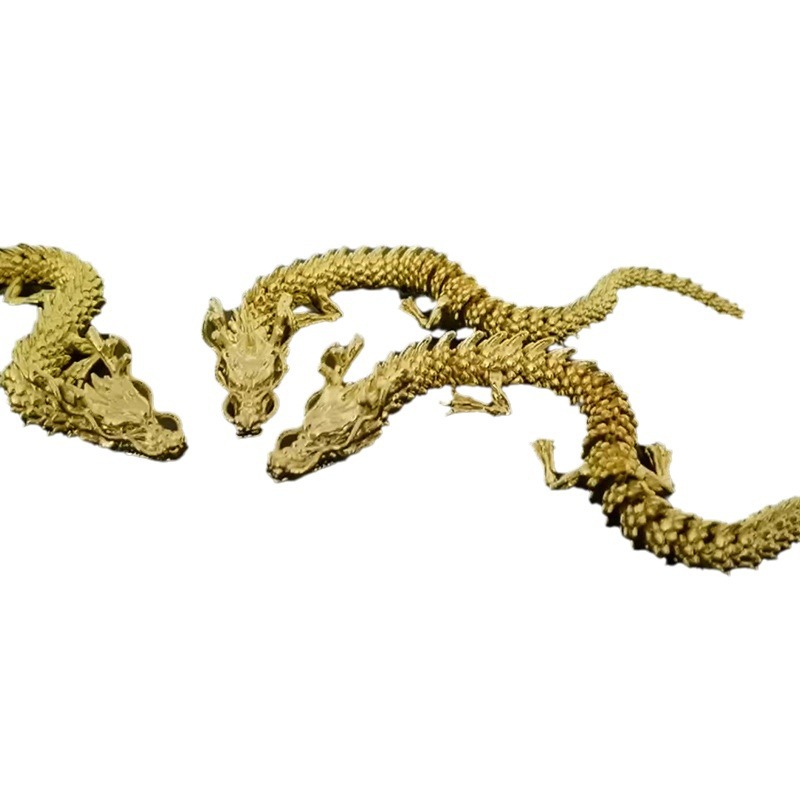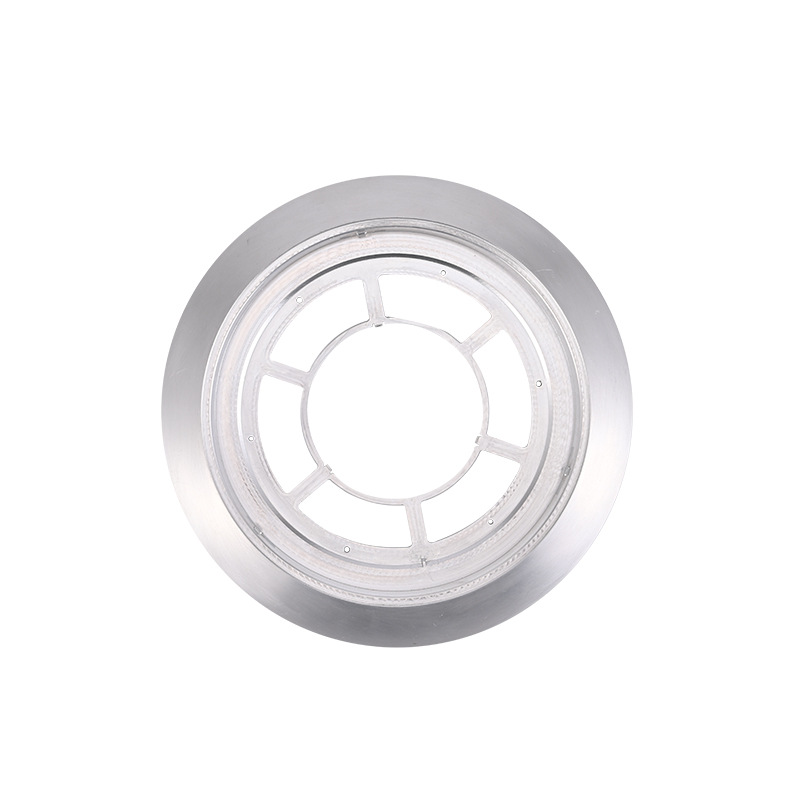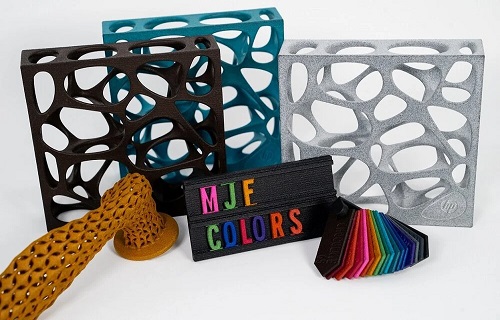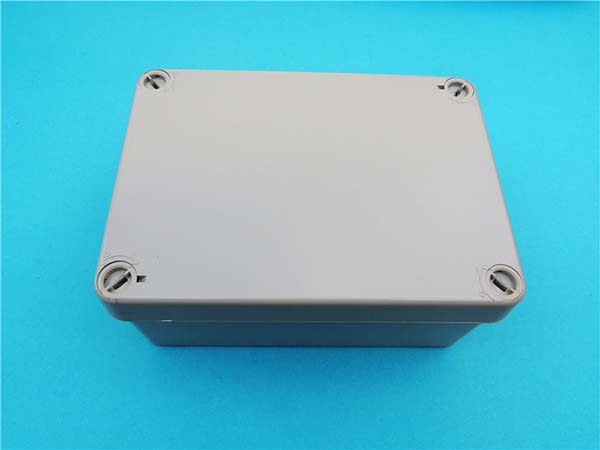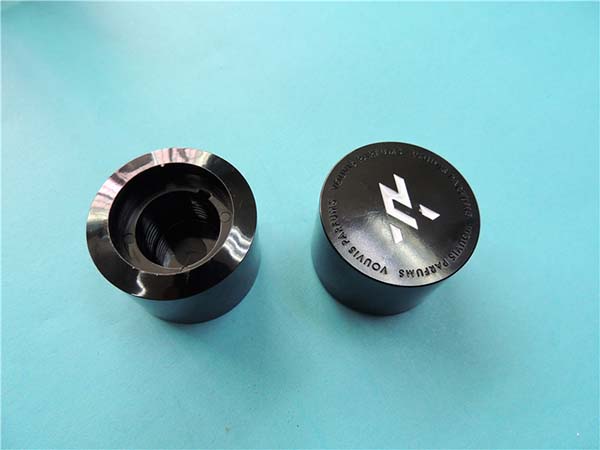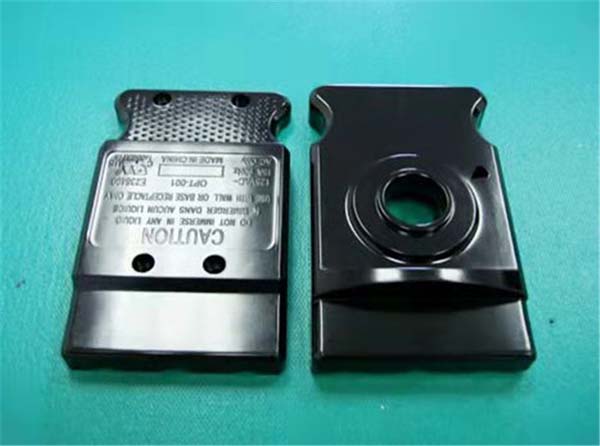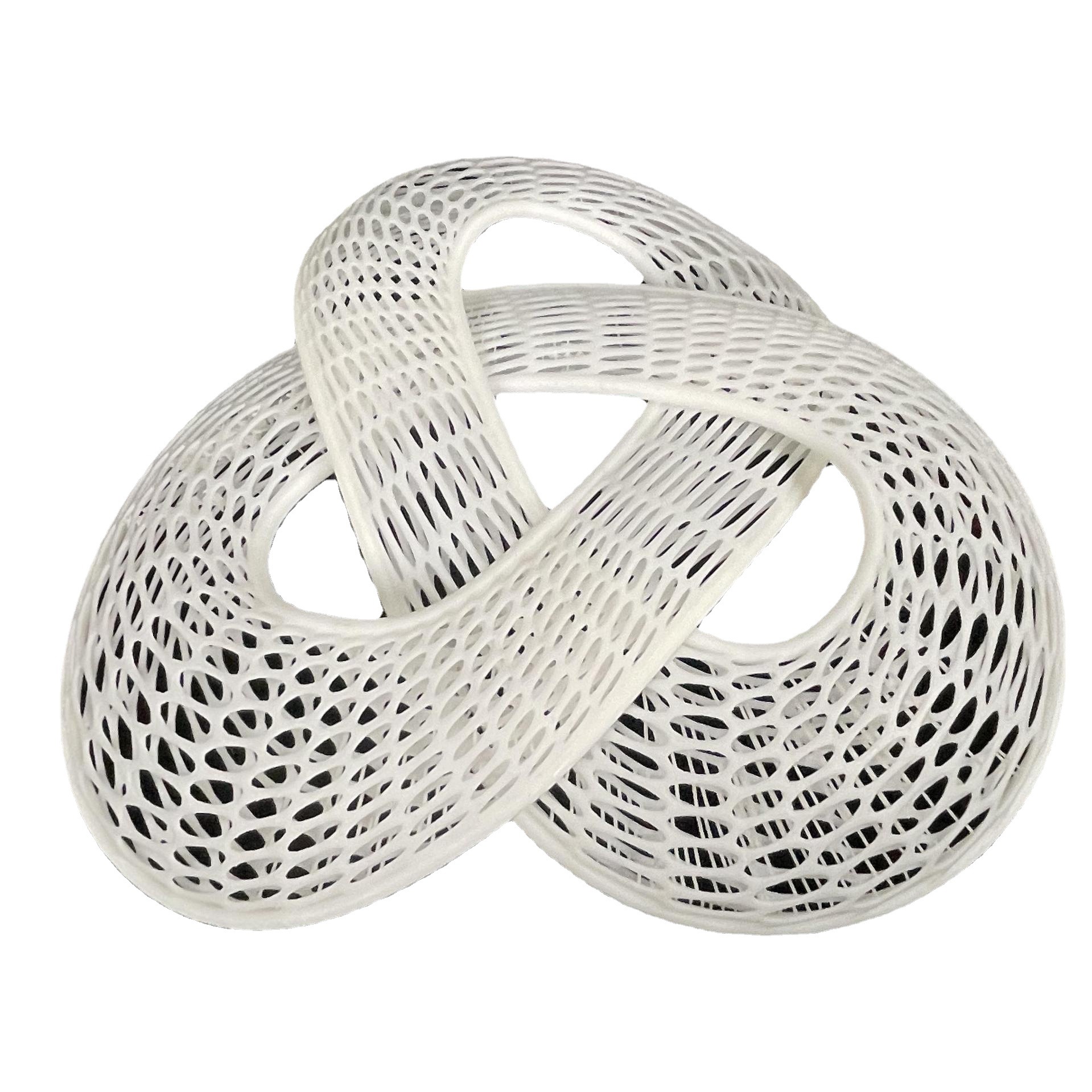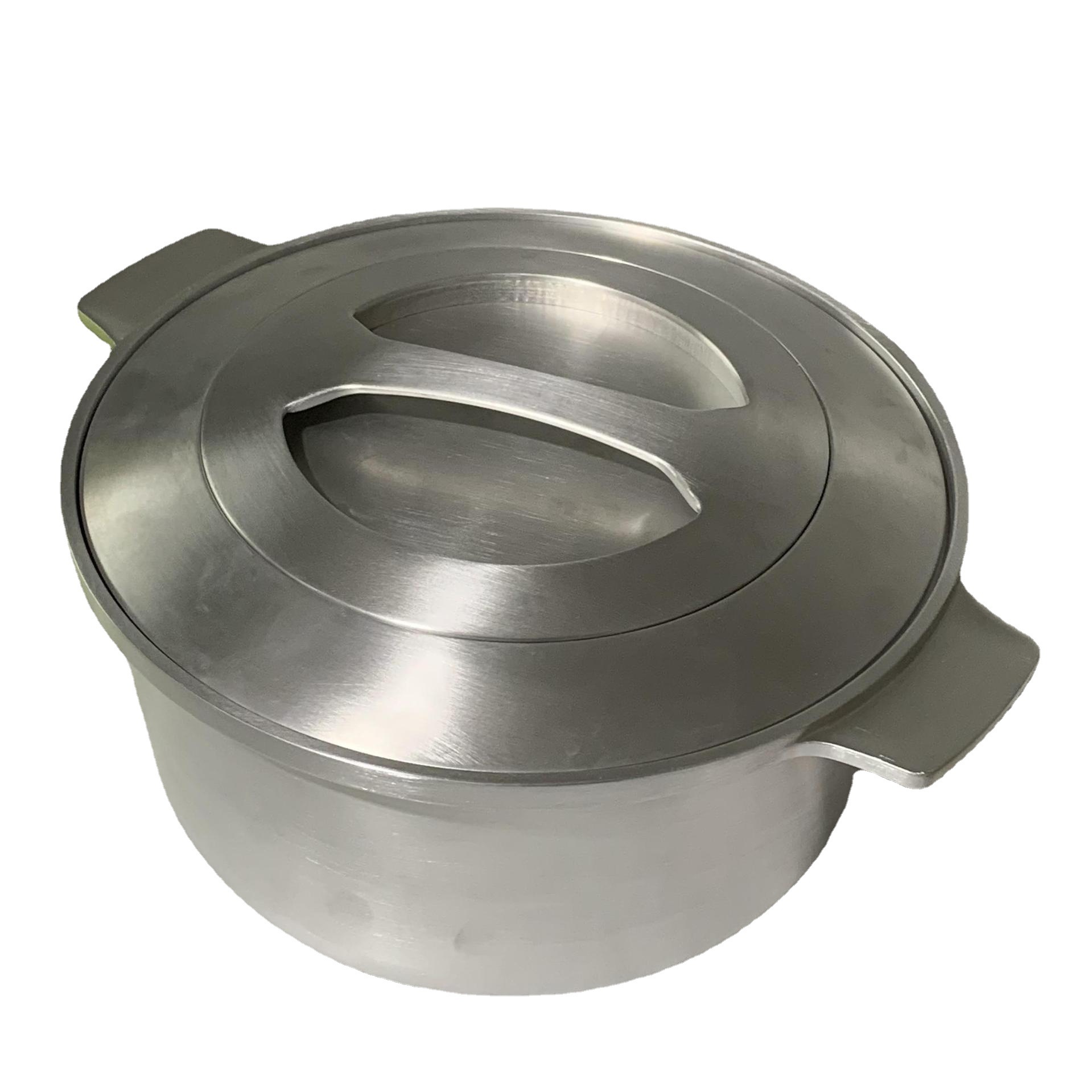Introduction
1. Technological Breakthroughs
1.1 Faster Printing Speeds
The speed of 3D printing has witnessed a remarkable leap in recent years. For example, the Bambu Lab X1, a popular 3D printer in the consumer - grade FDM (Fused Deposition Modeling) category, offers a print speed of up to 500 mm/s with an acceleration of 20,000 mm/s². In contrast, traditional FDM printers usually had a speed of around 70 - 80mm/s. This means that the Bambu Lab X1 is about 6 - 7 times faster than its predecessors. In the industrial sector, the injection continuous liquid interface production (iCLIP) technology can increase the print speed by 5 - 10 times compared to the previous continuous liquid interface production (CLIP) method. Such significant speed improvements allow for more efficient production, reducing the time required to manufacture complex 3D - printed parts. For businesses, this means higher productivity and the ability to meet tight deadlines more easily.
1.2 Higher Resolution
Resolution is a crucial factor in 3D printing as it directly affects the level of detail in the final product. A higher - resolution 3D printer can create more intricate and smoother prints. Take stereolithography (SLA) 3D printers as an example. The Formlabs Form 3+ has a high Z - axis resolution and a low XY - plane minimum feature size. In comparison, lower - resolution printers may produce prints with visible layer lines and less precise details. When printing a small, detailed figurine, a high - resolution printer like the Form 3+ can accurately capture the fine details of the facial features, hair, and clothing textures. In contrast, a lower - resolution printer might create a more blocky and less detailed version, with the facial features looking blurred and the clothing textures less distinct. This high - resolution capability is essential for industries such as jewelry making, where even the tiniest details matter for the aesthetics and value of the product.
1.3 Multi - Material Printing
Multi - material printing technology has opened up new possibilities in 3D printing. Printers with this technology can simultaneously use a variety of materials during the printing process. For instance, some advanced 3D printers can work with combinations of plastics, metals, and even ceramics. In the medical field, multi - material 3D printing can be used to create prosthetics. A prosthetic limb might be printed with a rigid plastic for the structural parts to provide strength and support, while a soft, rubber - like material is used for the parts that come in contact with the skin to enhance comfort and fit. In the automotive industry, multi - material printing can be applied to create car parts with different properties in one component. For example, a car interior part could have a hard plastic base for stability and a soft, grippy material on the surface for better handling and aesthetics.
2. Material Innovations
2.1 New Plastics
In recent years, the development of new plastics for 3D printing has been remarkable. For example, high - temperature - resistant plastics like PEEK (Polyether Ether Ketone) have gained popularity. PEEK has excellent chemical resistance, mechanical properties, and can withstand high temperatures up to around 300°C. This makes it suitable for applications in the aerospace and automotive industries. In aerospace, PEEK can be used to print components that need to endure high - temperature environments during flight, such as engine parts. In the automotive industry, it can be used to create lightweight yet durable parts like brackets and interior components. Another example is the development of super - strong plastics. A newly developed plastic might have a tensile strength that is 50% higher than traditional 3D - printing plastics. This enhanced strength allows for the production of more robust 3D - printed products, which can be used in applications where durability is crucial, such as in industrial equipment parts or outdoor - use products.
2.2 Metal Alloys
There is a growing range of metal alloys available for 3D printing, each with its own set of advantages. Titanium alloys, such as Ti - 6Al - 4V, are widely used in the aerospace industry for 3D - printed parts. Titanium alloys offer a high strength - to - weight ratio, excellent corrosion resistance, and can withstand high temperatures. For instance, in aircraft manufacturing, 3D - printed titanium alloy parts can be used for engine components, wing structures, and landing gear parts. These parts can be customized to have complex internal structures, reducing weight while maintaining strength, which is crucial for fuel efficiency and overall aircraft performance. Stainless steel alloys, like 316L, are also popular in 3D printing. 316L stainless steel has good corrosion resistance and mechanical properties. It is often used in the medical and food - processing industries. In the medical field, it can be used to print surgical instruments, while in the food - processing industry, it can be used to create custom - designed equipment parts that need to resist corrosion from food - related substances.
2.3 Bio - Compatible Materials
Bio - compatible materials play a vital role in the medical field with the help of 3D printing technology. Materials such as PLA (Polylactic Acid) and some specialized biopolymers are being increasingly used. PLA is a biodegradable and bio - compatible polymer. It can be 3D - printed into various medical devices, such as tissue scaffolds. These scaffolds provide a framework for cells to grow and multiply, promoting tissue regeneration. In the case of bone repair, 3D - printed bio - compatible scaffolds can be implanted into the patient's body. The scaffold gradually degrades as new bone tissue forms, integrating with the natural bone over time. Another significant application is in the creation of customized medical implants. For example, 3D - printed dental implants can be designed to fit an individual patient's jaw structure precisely. This personalized approach improves the success rate of the implant and enhances the patient's comfort and quality of life.
3. Industry Applications Expansion
3.1 Healthcare
3D printing has brought revolutionary changes to the healthcare industry. In the field of prosthetics, it has made significant contributions. For example, the E - nable project in the United States has created a network of 3D - printable prosthetic models. Since its establishment in 2013, the project has donated hundreds of 3D - printed prosthetics to people in need around the world. A Bilibili UP - master named "Owen 来造" used 3D printing technology to create a new prosthetic for a fan's father. The cost of the new prosthetic was reduced from thousands of yuan to just a few dozen yuan, and it was more comfortable and functional. In addition to prosthetics, 3D - printed organ models are also playing an important role. Scientists in the UK have successfully used 3D printing technology to create human organ models. These models can be used in medical research and teaching, helping medical staff better understand the structure and function of organs, and evaluate surgical plans and the therapeutic effects of new drugs. In drug development, 3D printing is also making waves. For instance, Triastek, a 3D - printing - focused technology company, has collaborated with Eli Lilly. Triastek uses its "Melt Extrusion Deposition (MED)" 3D - printing technology to design specific three - dimensional drug dosage forms, aiming to achieve precise and programmed release of drugs in the intestinal tract, thereby improving the bioavailability of oral drugs.
3.2 Construction
The application of 3D printing in construction has shown great potential. One of the most significant advantages is the speed of construction. A 500 - square - foot single - story house can be printed in about 24 hours. In 2022, Mighty Buildings completed the world's first 3D - printed net - zero energy - consumption (ZNE) home in Southern California. This two - bedroom, two - bathroom development consists of 20 homes (40 3D - printed units), covering an area of 1,171 square feet. Using 3D printing technology not only enables faster construction but also reduces material usage and waste generation, making it more environmentally friendly. Another advantage is cost - savings. Traditional construction methods often require a large amount of labor and materials, and there is also a lot of waste. 3D - printed buildings can use materials more efficiently, reducing costs. For example, a 3D - printed building can reduce the use of concrete by about half through topological optimization, as the printer can accurately adjust the thickness of the structure and only use concrete where it is truly needed. Additionally, 3D - printed buildings can be more customized. Designers can freely design unique building shapes and structures, which is difficult to achieve with traditional construction methods.
3.3 Automotive
In the automotive industry, 3D printing has become an important tool. It can significantly reduce production costs. For small - batch or customized parts production, traditional manufacturing methods need to make expensive molds, and the production cycle is long. In contrast, 3D printing can directly manufacture parts without molds, greatly reducing costs. For example, when manufacturing complex - shaped engine components such as turbine superchargers and exhaust manifolds, 3D printing can optimize the internal flow channel design, improve air flow efficiency, and enhance engine performance. Stratasys F900, a 3D printer using FDM technology, can meet the demanding manufacturing needs of the automotive industry. It can be used to produce components, fixtures, jigs, factory molds, and functional prototypes. Its compatible materials, such as ABS, ASA, and nylon, have their own advantages in different parts manufacturing. The ABS material is lightweight and suitable for making lightweight parts with smooth surfaces; the ASA material has excellent weather resistance and can be used in special experimental scenarios; the nylon material has outstanding wear resistance, high strength, and alkali resistance, and is suitable for manufacturing automotive fasteners and component connectors. In addition, 3D - printed body structural parts can achieve lightweight design, reducing the weight of the vehicle and improving fuel efficiency. At the same time, 3D printing can also manufacture body parts with complex geometric shapes, enhancing the vehicle's aerodynamic performance.
Yigu Technology's Viewpoint
As a non - standard plastic metal products custom supplier, Yigu Technology sees 3D printing as a game - changer. The technological advancements in 3D printing, such as faster speeds and multi - material capabilities, offer new opportunities for customized production. For example, the ability to print complex designs that were previously impossible with traditional manufacturing methods allows us to meet the unique needs of our clients more effectively.
Moreover, the development of new materials for 3D printing provides us with a wider range of options. We can now use high - performance plastics and metal alloys to create products with better mechanical properties and durability. This not only enhances the quality of our products but also enables us to explore new applications in various industries. Additionally, the shorter production cycle brought by 3D printing technology means we can respond more quickly to customer demands, reducing lead times and improving customer satisfaction.
